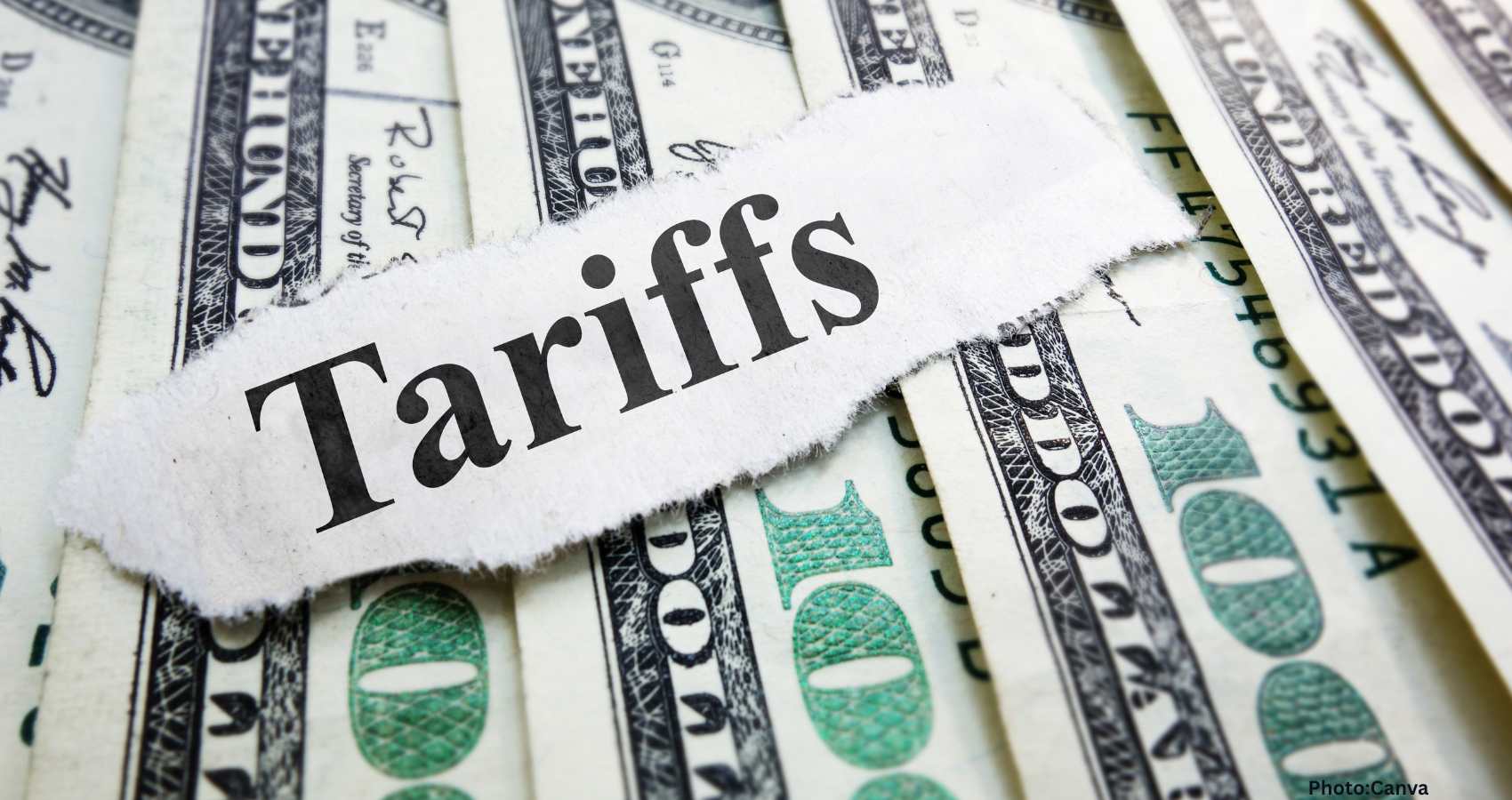Donald Trump has significantly altered the global trading landscape since returning to the White House with his administration’s imposition of substantial tariffs on numerous countries.
Since his return to power, President Donald Trump has implemented far-reaching tariffs across the globe, fundamentally impacting international trade and the U.S. economy. On April 2, labeled as “Liberation Day,” Trump announced a series of steep “reciprocal” tariffs affecting numerous nations worldwide. While many of these tariffs are currently on hold, agreements have been reached with several countries, including the United Kingdom, Vietnam, Japan, and the European Union, to reduce certain tariff levels.
However, specific goods, notably automobiles and steel, have faced significant industry-focused tariffs, resulting in the highest overall U.S. tariff rates in nearly a century. These tariffs are ultimately borne by U.S. companies importing foreign goods, affecting both domestic and international economic dynamics.
The raised tariffs have led to increased revenue for the U.S. government. According to Yale University’s Budget Lab, as of July 28, 2025, the average effective U.S. tariff rate on imported goods rose to 18.2%, the highest since 1934. This rate increased from 2.4% in 2024, before Trump’s reelection. As a result, tariff revenues surged to $28 billion in June 2025, a threefold increase from 2024 monthly totals.
The Congressional Budget Office (CBO) projected that the increased tariff revenue would reduce U.S. governmental borrowing by $2.5 trillion over the next decade. Nevertheless, the CBO warned that the tariffs could also shrink the U.S. economy compared to its potential without them and might not offset revenue losses from the Trump administration’s tax cuts.
Despite intentions to reduce trade deficits, the U.S. trade deficit has widely expanded. This is partly due to U.S. companies stockpiling goods to avoid tariffs, boosting imports beyond the increase in exports. Consequently, the U.S. goods trade deficit, reaching a record $162 billion in March 2025, persisted at significant levels despite falling back to $86 billion in June.
Trump’s harsh tariffs on China initially peaked at 145% before easing to 30%, dramatically impacting Sino-American trade. Chinese exports to the U.S. in the first half of 2025 decreased by 11% compared to the same period in 2024. Concurrently, Chinese exports to other regions have increased, with notable growth to places like India, the EU, the UK, and ASEAN countries.
Concerns have emerged about “tariff jumping,” where Chinese firms potentially sidestep U.S. tariffs by relocating operations to neighboring Southeast Asian countries, a tactic previously observed with Trump’s tariffs on Chinese solar panels. This phenomenon may explain the rise in Chinese exports to ASEAN nations.
In response to Trump’s trade policies, some countries have forged new trade alliances. The UK and India recently concluded a long-negotiated trade agreement. Similarly, the European Free Trade Association, comprising Norway, Iceland, Switzerland, and Liechtenstein, announced a deal with Mercosur, a group of Latin American nations. The EU is advancing a trade agreement with Indonesia, and Canada is considering a free trade agreement with ASEAN.
The U.S.-China trade tension has also shifted dynamics in agricultural trade. China, historically a major importer of U.S. soybeans, has increasingly relied on Brazilian suppliers due to new Chinese tariffs on U.S. agricultural imports. In June 2025, China imported 10.6 million tons of soybeans from Brazil compared to just 1.6 million tons from the U.S. This trend recalls when the Trump administration had to compensate U.S. farmers for losses from earlier tariffs.
In the domestic market, U.S. consumer prices are experiencing a rise. Economists have cautioned that these tariffs would ultimately raise prices by increasing import costs. June’s official inflation rate was 2.7%, a slight upturn from May’s 2.4%, yet below January’s 3% rate. Although earlier stockpiling helped mitigate retail price increases, recent data suggests Trump’s tariffs are beginning to impact consumer prices. Harvard University’s Pricing Lab found that prices of imported goods and tariff-affected domestic products are rising more swiftly than unaffected domestic items.

